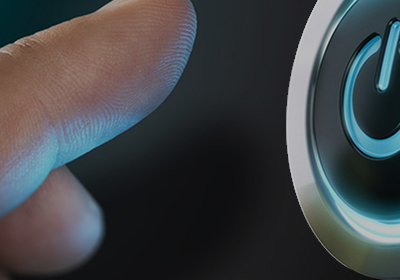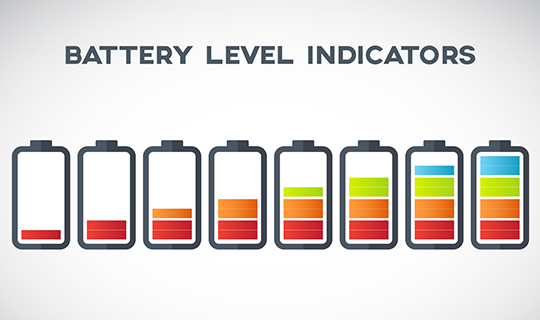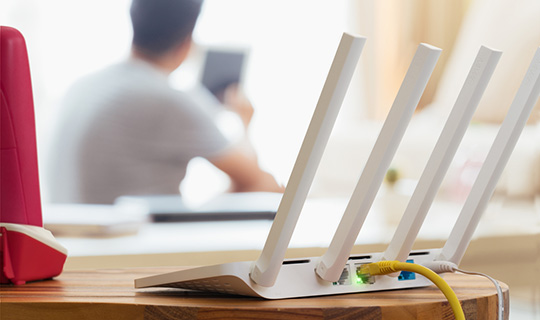-
IoT Power Analysis
One of the most important steps in IoT development is determining the balance between battery life and function. Should we use a larger battery? Should we reduce radio communication? Learn our approach to understanding your power usage and avoid design requirement changes that can derail your IoT product. To better understand how your IoT project will consume power and shorten battery life, start with a test regiment of baseline power analysis. Understand the nominal power usage, the bootup energy requirement, and the power used by peripherals that will be needed. Limit late stage design changes to the project by iteratively testing power usage as you update the software and hardware configurations of your platform.
-
IoT Power Characterization with an Electronic Load
An important aspect of bringing an IoT product to market is understanding how long the battery of the device will last. Will the device have enough power to operate for the desired period of time? Learn how we approach prolonged battery testing. In order to further understand how your IoT devices will consume power and shorten the battery life, you need to understand how the device draws power during its nominal power usage, bootup cycle and from peripheral power draw. With this information, you can use an electronic load to simulate similar current draw scenarios over an extended period of time. In this way, we can test how a battery will perform in application scenarios as part of an IoT product. Ultimately, this provides more reliable battery requirements data to ensure your IoT product meets customer expectations for recharges or battery replacements.
-
Wireless Sensor Characterization
Many IoT sensors connect wirelessly to the main application platform over one of many ASK or FSK protocols from 800 or 900 MHz bands up through 2.4 GHz. Characterizing how these sensors perform in real-world environments is critical to understanding how best to implement network communication, range, and sensor deployment. Even the simplest sensors and communication protocols need to be characterized before sending an IoT device to market. Characterize error budgets for timing, radio power, and modulation settings in a real environment before critical baseband data errors affect performance. Use a spectrum analyzer's real-time bandwidth to analyze the RF signal.
-
Wireless Sensor Characterization
Developing an IoT platform that coordinates sensor data adds complexity to any project. Working with mesh networks like Z-Wave or Zigbee can make root cause analysis of problems more difficult. Emulate data from known nodes or interfering networks to understand how a system will operate in real-world conditions. Emulate sensor to hub communication and interference to verify reliability and function in standardized protocols like Z-Wave. Use demodulation and analysis to verify performance and analyze the communication performance of the protocol.








































